At the crossroads of innovation and determination, the saga of the Nissan Heritage Collection unfolds in the late 1920s, steered by the visionary industrialist Yoshisuka Aikawa.
Undeterred by Japan’s technological infancy in the automotive realm, Aikawa embarked on an audacious quest to build cars, driven by the lofty aspiration of elevating Japan’s car industry for the greater good of society.
This daring venture led to the establishment of Nissan Motor in 1933, its name drawn from the characters Nihon Sangyo, signifying Japanese Industry. The wheels of mass car production were set in motion, marking a pivotal chapter in the history of Japanese automotive ingenuity.
Embarking on a journey through the automotive annals, ASEAN journalists, including the Borneo Bulletin, were recently offered an exclusive glimpse into the Nissan Heritage Collection during their sojourn in Japan.
Nestled in Zama, Kanagawa, this private car gallery unfolds a captivating narrative, showcasing 280 distinct Nissan models tracing the brand’s evolution from its modest inception in the 1930s.
Stepping into the Nissan Heritage Collection Museum is like unlocking a time capsule, with enthusiasts and curious onlookers treated to an up-close encounter with automotive history.
Among these historic gems, the Datsun brand takes centre stage, its moniker derived from the initials of the pioneering trio- Messrs Den, Aoyoma, and Takeuchi – founders of DAT Motor Company. Beyond initials, DAT also embodies a deeper ethos: Durable, Attractive, and Trustworthy, echoing the enduring legacy encapsulated within these four wheels.
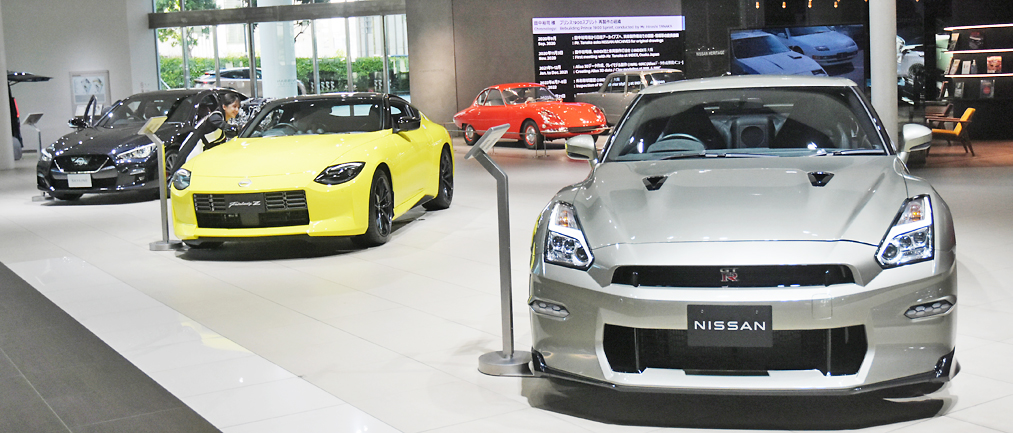
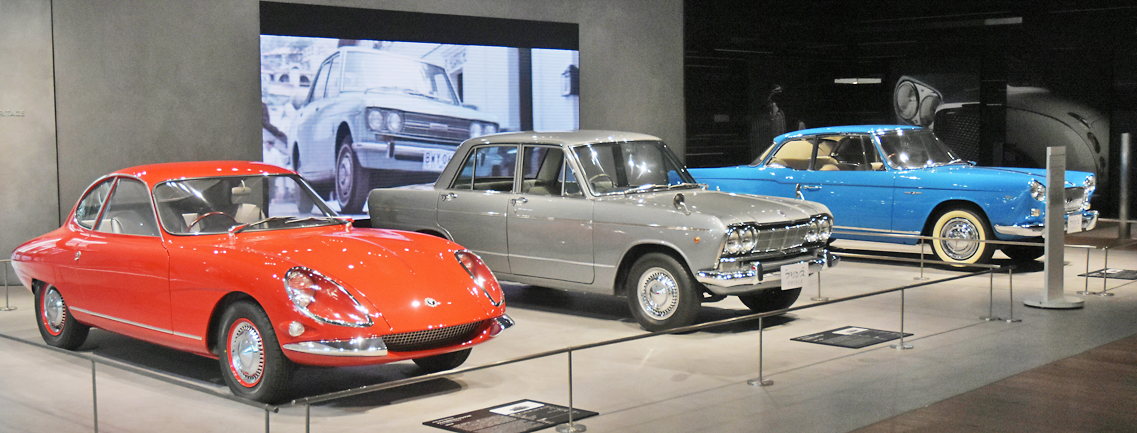

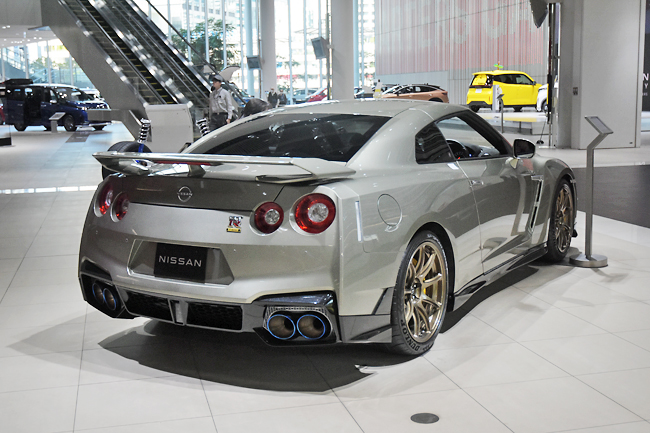
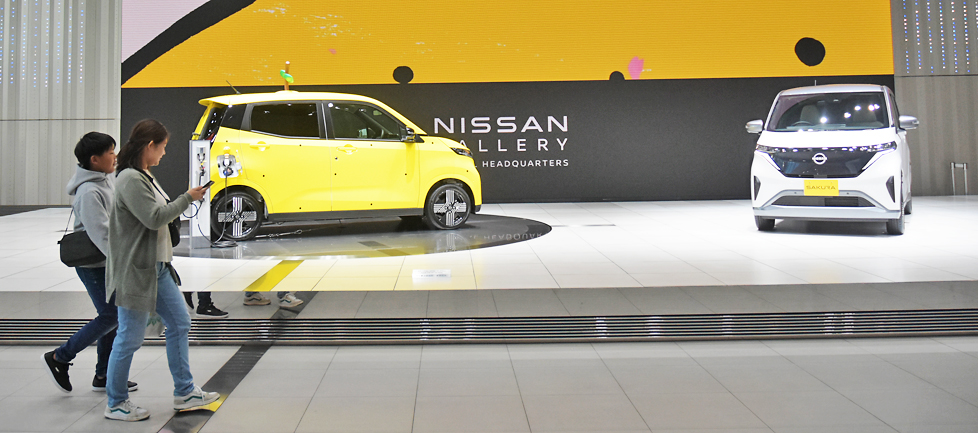
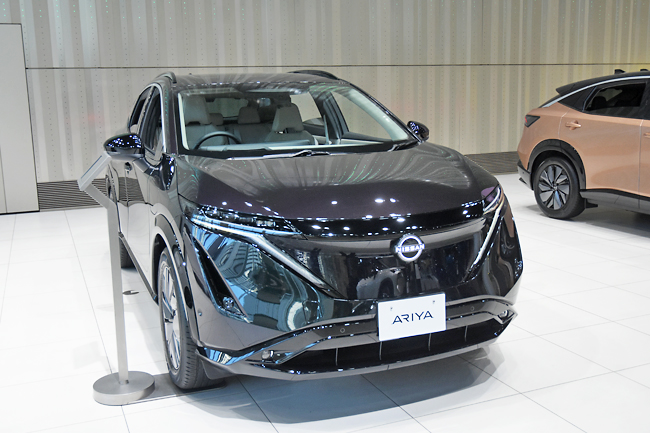

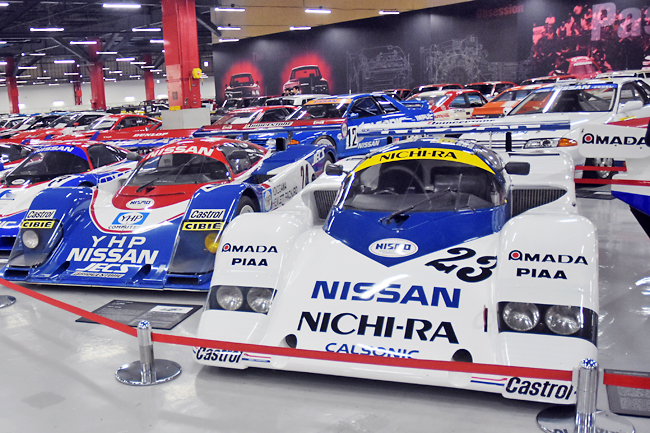
The inaugural Datsun model beckons visitors, a vintage tribute to Nissan’s roots.
Beyond the expected classics, the museum unveils a surprising gem from the archives of electric vehicles – the 1947 TAMA, Nissan’s pioneering foray into the world of electric mobility.
Born out of the oil scarcity plaguing the era, the TAMA, crafted by the precursor to Prince Motors, not only weathered the challenges but excelled in the first official performance test conducted by the Japanese government.
An unsung hero of its time, the TAMA became a popular choice for taxis and trucks until around 1951, a piece of Nissan’s electric legacy often overlooked in the broader automotive narrative.
Adding to the fascinating array of exhibits is the Datsun Baby, a diminutive marvel that once graced the Kodomonokuni Park in Yokohama, inaugurated in 1965.
Far more than a mere “automobile for children”, this tiny wonder was Nissan’s innovative contribution to childhood education and road safety awareness. Inspired by the “Cony Guppy” from Aichi Machine Industry, Nissan meticulously crafted 100 units of the Datsun Baby, each assembled primarily by hand.
Beyond its pint-sized charm, this miniature marvel boasted cutting-edge features including a midship gasoline engine, torque converter automatic transmission with two pedals, and a four-wheel independent suspension.
Surprisingly advanced for its playful appearance, the Datsun Baby even came equipped with a speed limiter, cutting off the engine at a responsible 30 kilometres per hour (kph), underscoring Nissan’s commitment to instilling automotive knowledge and safety consciousness in the youngest minds.
An automotive icon etched into history is the Prince Skyline 2000GT (S54B-2), unveiled in February 1965. This sophisticated grand touring car marked the evolution of its predecessor, the Skyline GT (S54A-1), introduced just a year prior in March.
With a formidable power output of 125ps and a top speed hitting 180kph, the 2000GT earned its stripes as one of the fastest domestic sport sedans of its time.
Another star in the spotlight was the Nissan 300ZX turbo T-Top, a head-turner that added to the museum’s allure. The cumulative production of the Fairlady series, dating back to the introduction of the Datsun Fairlady in 1960, reached the remarkable milestone of one million units in 1983 with the debut of the third-generation Fairlady Z.
Boasting a newly developed compact V6 engine, available in 2000cc and 3000cc variants, the Fairlady became a global sensation and a bestseller.
Among the museum’s other treasures include the eighth-generation Skyline R32, launched in May 1989. Nissan proudly revived the legendary “GT-R” just three months later after a 16-year hiatus. Featuring a specially designed “RB26DETT” 2.6-litre inline six-cylinder DOHC twin-turbo engine, generating an impressive 280ps, the R32 introduced the electronically controlled torque-split 4WD system known as “ATTESA E-TS”.
Complemented by four-wheel multilink suspension, the GT-R showcased unparalleled performance on a global scale as a sedan-based sports car. With an astonishing record of 29 victories and zero defeats over four seasons at the Japan Touring Car Championship from 1990 to 1993, the R32 GT-R also left a permanent mark at prestigious overseas races, including the Spa-Francorchamps 24 Hours.
For those eager to explore Nissan’s latest innovations, a trip to the Nissan Gallery Global Headquarters in Yokohama is a must. Conveniently situated a mere seven minutes’ stroll from the east exit of Yokohama Station, the expansive gallery is a showcase of cutting-edge automotive technology.
Among the stars of the display is the Nissan Ariya, a 100-per-cent electric crossover that delivers up to 490kph of pure driving excitement. Boasting the confidence of e-4ORCE all-wheel drive, the Ariya offers a spectrum of options for every driving enthusiast.
The e-4ORCE technology, with its ability to combine SUV all-weather capability with the precision of a sports car, empowers drivers at every level. With 100 per cent torque available from zero RPM, the Ariya promises a powerful and thrilling ride, ensuring confidence in every curve.
Another highlight is the Nissan Z, or the Nissan Fairlady Z in Japan, a formidable twin-turbo V6 sports car featuring a manual transmission in the middle and the perfect balance of rear-wheel drive. Its captivating design, coupled with a cockpit focused on the driving experience, makes it a must-see for enthusiasts.
There was also the special GT-R Premium Edition T-spec, a rare gem with unique gold-painted, forged wheels and subtle badges, elevating the sporty aesthetic, and the top-selling Nissan Sakura, a game-changer in the mini-vehicle (K-Car) market.
The all-new, 100 per cent electric Nissan Sakura defies conventional design, exuding chicness while advancing the compact electric vehicle (EV) market for a new era, and clinching the title of the best-selling EV in Japan, with half of all EVs sold in the country being Nissan Sakura. – James Kon






